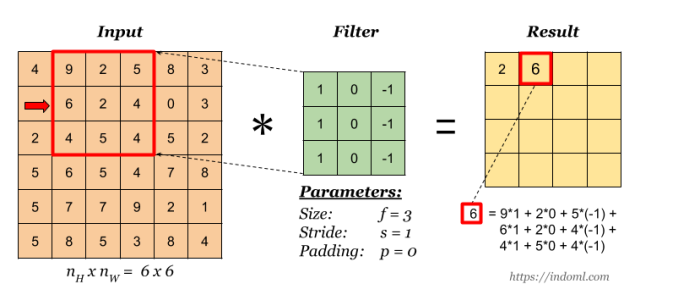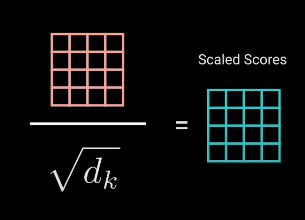type
status
date
slug
summary
tags
category
icon
password
High Performance Deep-learning(CSE 5449)
Intro
History
- ImageNet
- AlexNet
Definitions
- Machine Learning
- Ability of machines to learn without being programmed
- Supervised Learning
- We provide the machine with the “right answers”
- Classification – Discrete value output (e.g. email is spam or not-spam)
- Regression – Continuous output values (e.g. house prices)
- Unsupervised Learning
- No “right answers” given. Learn yourself; no labels for you!
- Clustering - Group the data points that are ”close” to each other (e.g. cocktail party problem) • finding structure in data is the key here!
DNN Training
- Backward Pass
- update gradient
Essential Concepts: Activation function and Back-propagation
- Back-propagation
- involves complicated mathematics.
- Luckily, most DL Frameworks give you a one line implementation --
model.backward()
- Activation functions
- Introducing Non-linearity to the function
- Non-linearities allow the network to approximate complex, non-linear functions.
- RELU (a Max function.) is the most common activation function.
- Sigmoid, Tanh, ReLU, Leaky ReLU
Perimeters vs. Hyperparameters
Parameters
- Estimated during the training with historical data
- is part of the model
- the estimated value is saved with the trained model
- Dependent on the dataset that the system is trained with
Hyperparameter
- Values are set beforehand
- External to the model.
- Not a part of the trained model and hence the values are not saved.
- Independent of the dataset
Stochastic Gradient Descent (SGD)
- Goal of SGD:
- Minimize a cost function
- j(\theta) as a function of \theta
- SGD is iterative
- Only two equations to remember:
- Learning rate
Learning Rate(\alpha)

Batch Size
- Batch Gradient Descent - Batch Size = N
- In each iteration, the gradient of the loss function is computed using the entire training dataset
- Weights are updated once per pass over the entire dataset
- Since all samples are used, the direction of the gradient is typically stable, but the computation can be very slow, especially with large datasets
- Stochastic Gradient Descent – Batch Size = 1
- In each iteration, a single randomly chosen sample from the training dataset is used to compute the gradient of the loss function.
- Weight updates can be very frequent, with an update occurring for every individual sample.
- As only one sample is used at a time, the direction of the gradient can be noisy and have high variance, but each iteration is computationally fast.
- Mini-batch Gradient Descent – Somewhere in the middle – Common
- Batch Size = 64, 128, 256, etc.
- Finding the optimal batch size will yield the fastest learning.
Model Size
- Model Size: # of parameters (weights on edges)
- Model Size: # of layers (model depth
Accuracy and Throughput (Speed)
- accuracy of the trained model on “new” data is the metric of success
- In Computer Vision: images/second is the metric of throughput/speed
Impact of Model Size and Dataset Size
- Large models → better accuracy
- More data → better accuracy
- Single-node Training; good for
- Small model and small dataset
- Distributed Training; good for
- Large models and large datasets
Overfitting and Underfitting
- Overfitting – model > data
- so model is not learning but memorizing your data
- Underfitting – data > model
- so model is not learning because it cannot capture the complexity of your data
How to Deal with Overfitting
- Regularization
- L1 and L2
- Dropout
- Data Augmentation
- Early stopping
Convolution Operation

Transformer Models

- RNN
- Has a short reference window
- Attention Mechanism
- Has an infinite reference window
- Encoder
- Output is a continuous vector representation of the inputs
- Decoder
- Feed previous outputs into the decoder recurrently until
<end>is generated
- Input Embedding
- Each word map to a vector
- Positional Encoding
- word vector + positional encoding = positional input embeddings
- Every odd time stamp, use cos function; every even time stamp, use sin function
- They have linear property
- Multi headed attention
- Self-Attention
- Feed into three fully connected layer
- Create query, key, value vectors
- The higher the scores, the higher the focus
- To allow more stable gradients
- Softmax —— let the model to be more confident on witch word to attend to
- Then feed the output into a linear layer to process



- Residual Connection, Layer Normalization & Pointwise Feed Forward

Each encoder can learn different representation
- Output Embedding & Positional Encoding
- Decoder Multi-Headed Attention
- Look-Ahead Mask
- SoftMax —— probability between 0 and 1
- Each decoder can take different attention from encoder
